Crashworthy Aircraft Seats Market Summary
As per MRFR analysis, the Crashworthy aircraft seats market was estimated at 1.38 USD Billion in 2024. The Crashworthy aircraft seats industry is projected to grow from 1.47 USD Billion in 2025 to 2.768 USD Billion by 2035, exhibiting a compound annual growth rate (CAGR) of 6.53 during the forecast period 2025 - 2035.
Key Market Trends & Highlights
The Crashworthy aircraft seats market is poised for growth driven by technological advancements and regulatory influences.
- Technological advancements in materials are enhancing the safety and performance of crashworthy aircraft seats.
- Customization and ergonomics are increasingly prioritized to meet diverse passenger needs, particularly in the commercial segment.
- Regulatory influence on design standards is shaping the market, especially in North America, the largest market for aircraft seats.
- The rising demand for passenger comfort and increasing safety regulations are key drivers propelling market growth in both the passenger and military segments.
Market Size & Forecast
| 2024 Market Size | 1.38 (USD Billion) |
| 2035 Market Size | 2.768 (USD Billion) |
| CAGR (2025 - 2035) | 6.53% |
Major Players
Boeing (US), Airbus (FR), Safran (FR), Collins Aerospace (US), Recaro Aircraft Seating (DE), Zodiac Aerospace (FR), GKN Aerospace (GB), Thales Group (FR), Acro Aircraft Seating (GB)
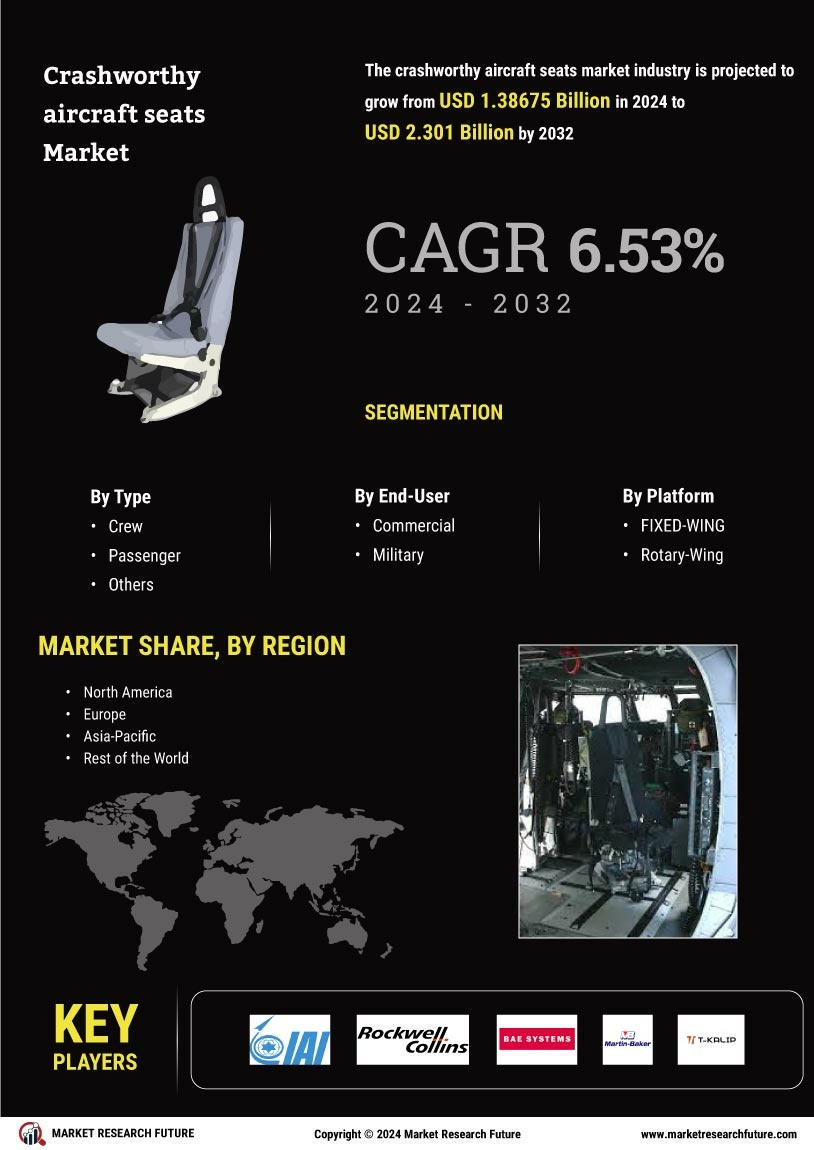

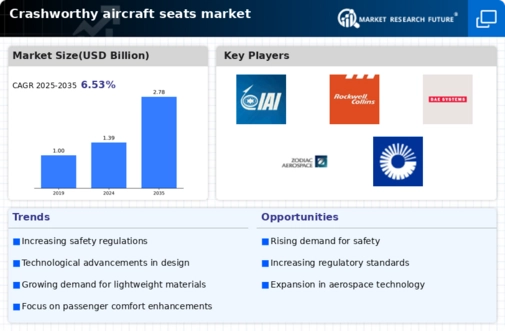
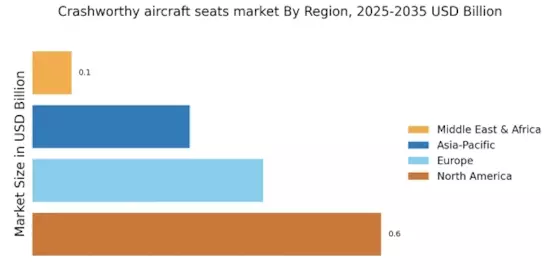



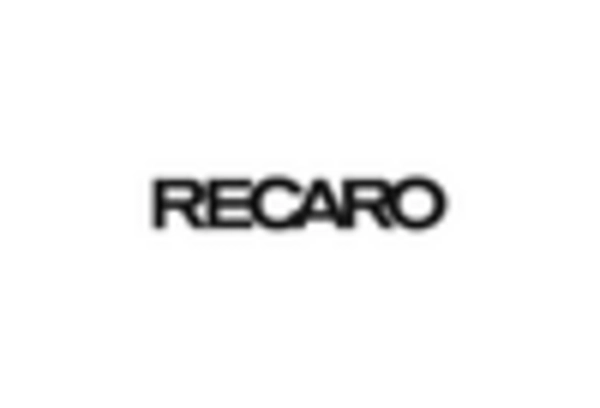

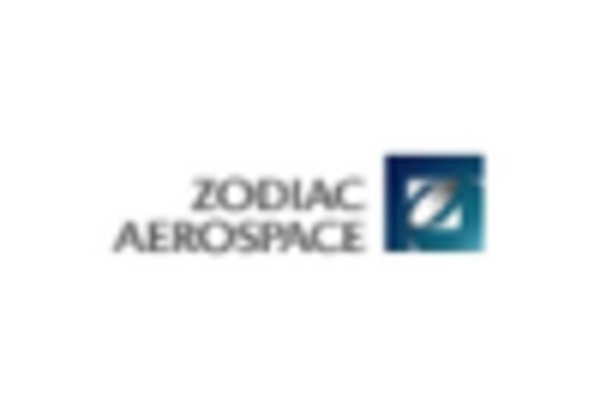








Leave a Comment